Challenging torrential rains countered by cooperative bats in Costa Rica
Merlin and MTBC team members spent 19 days in Costa Rica last November on a filming trip for “Bat City” with its Director and Emmy
During our two-week stay in Panama’s Cocobolo Nature Reserve, we recorded more than 600 bats of 53 species, more than half the total number known for the entire country. Additional species were netted nearly every night, including two on our final evening. Over our two-weeks of workshops, common vampire bats (Desmodus rotundus) and greater fishing bats (Noctilio leporinus) were participant favorites, though an incredible variety of fruit-, nectar-, and insect-eating species were seen. The hardiest of our group members often worked till dawn, bringing in a steady stream of species for portrait photos, especially during the first week. By the second week much more time was devoted to training bats to come on call, especially to locations where Merlin could photograph natural behavior, such as catching katydids.
Participants learned capture, handling, photographic and conservation techniques. However, learning to train bats was especially exciting. Most bats learned to come on call for mealworm rewards in less than 30 minutes, one in just 15.
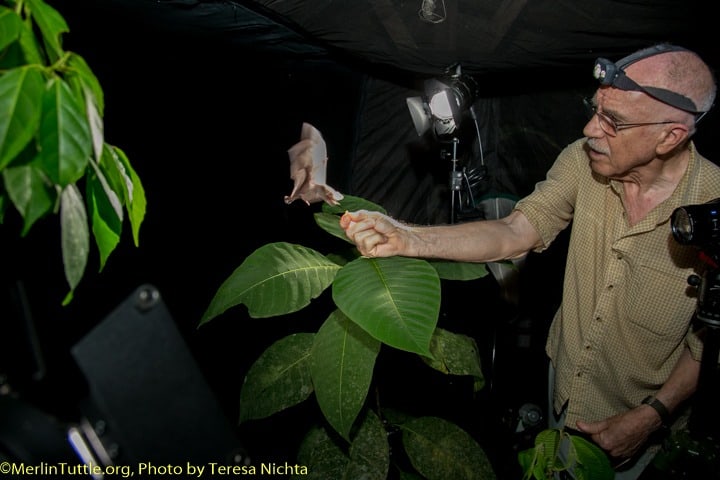

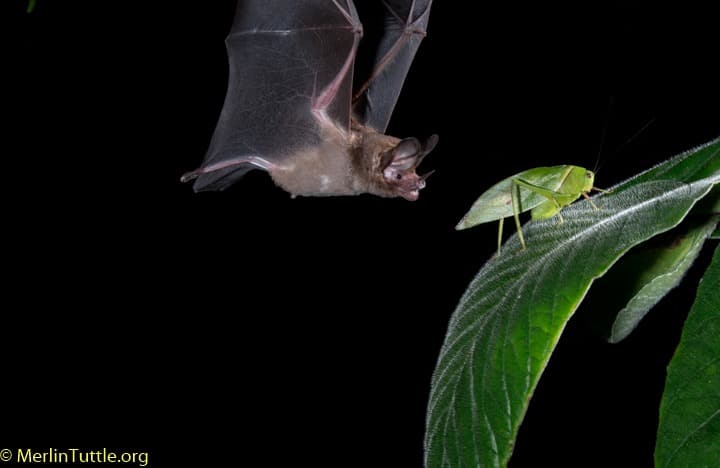
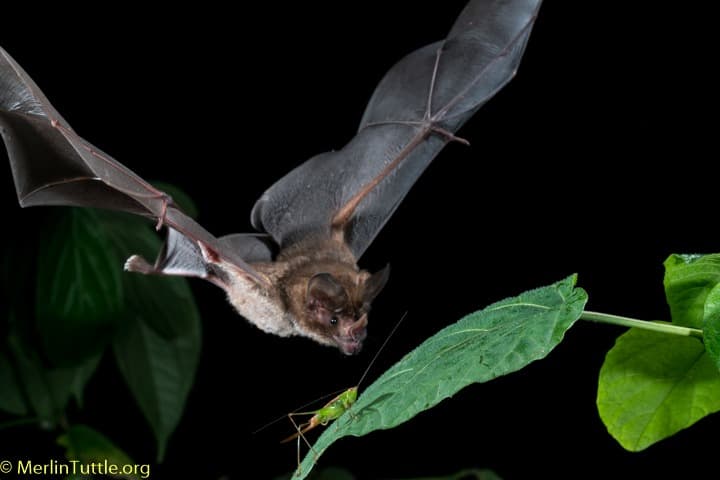
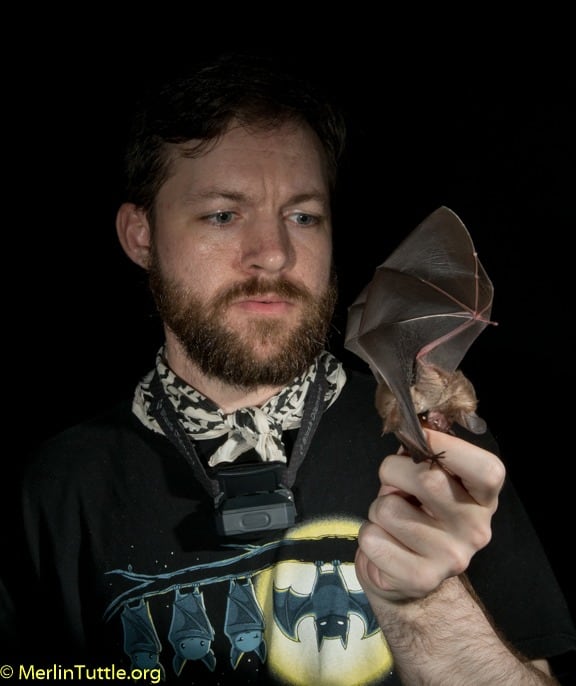

During week two, we found several more interesting day roosts, including colonies of Spix’s disc-winged bats (Thyroptera tricolor) in unfurling Heliconia leaves, common tent-making bats (Uroderma bilobatum) in leaf-tent roosts, and white-throated round-eared bats (Lophostoma silvicolum) in termite roosts.
These disc-winged bats are emerging from their roost, relying on adhesive discs on their wrists and ankles to cling to the slick surface. We were able to carefully bring them and their day roost back to the photography studio, below they are returning to their roost.
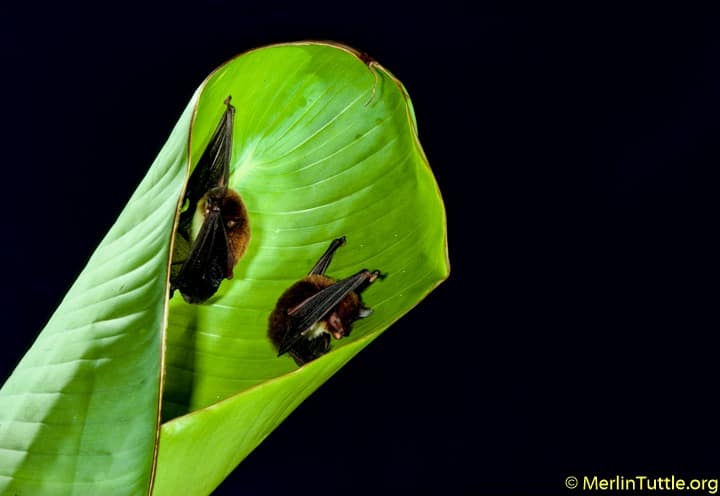
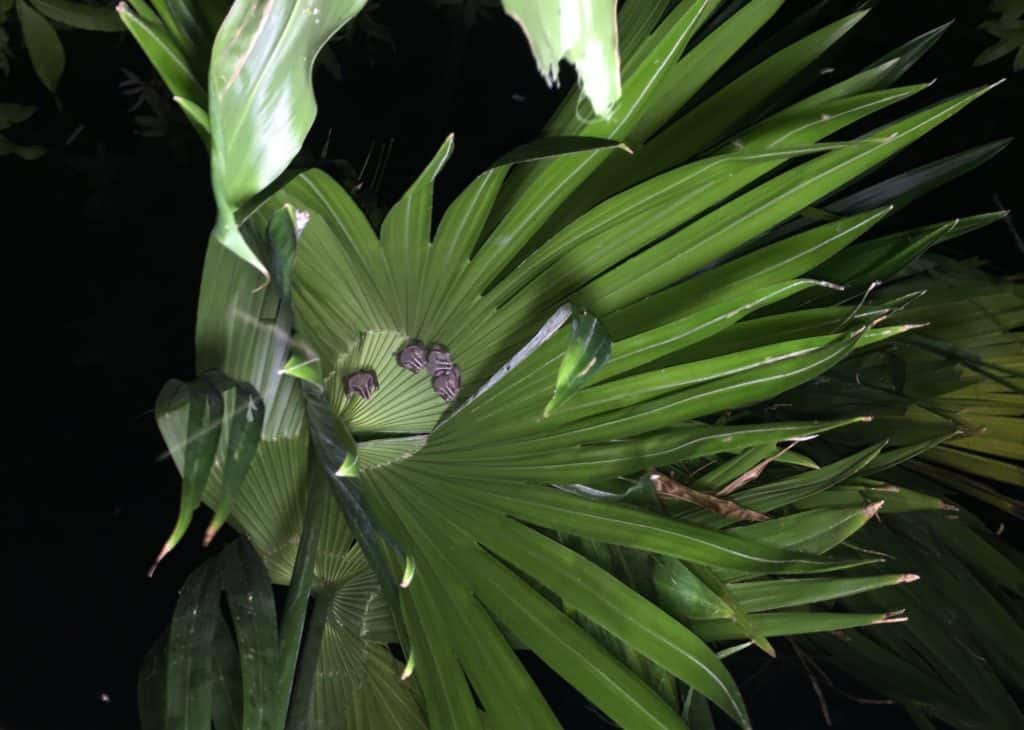
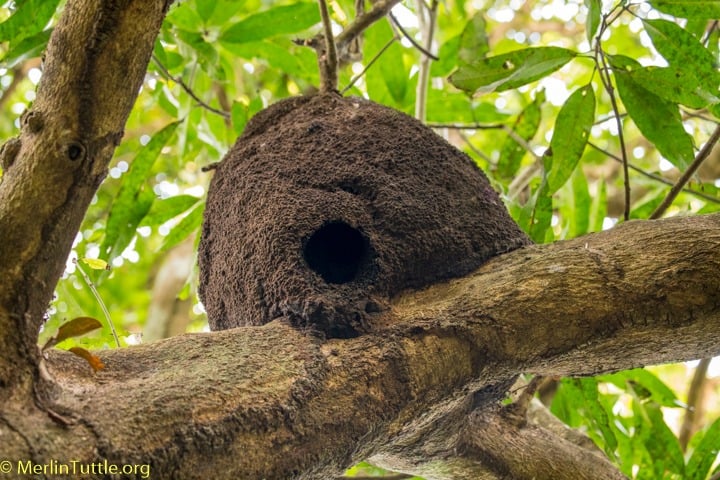
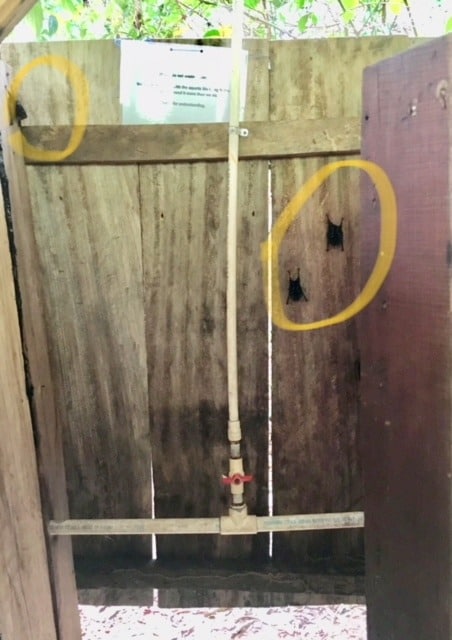
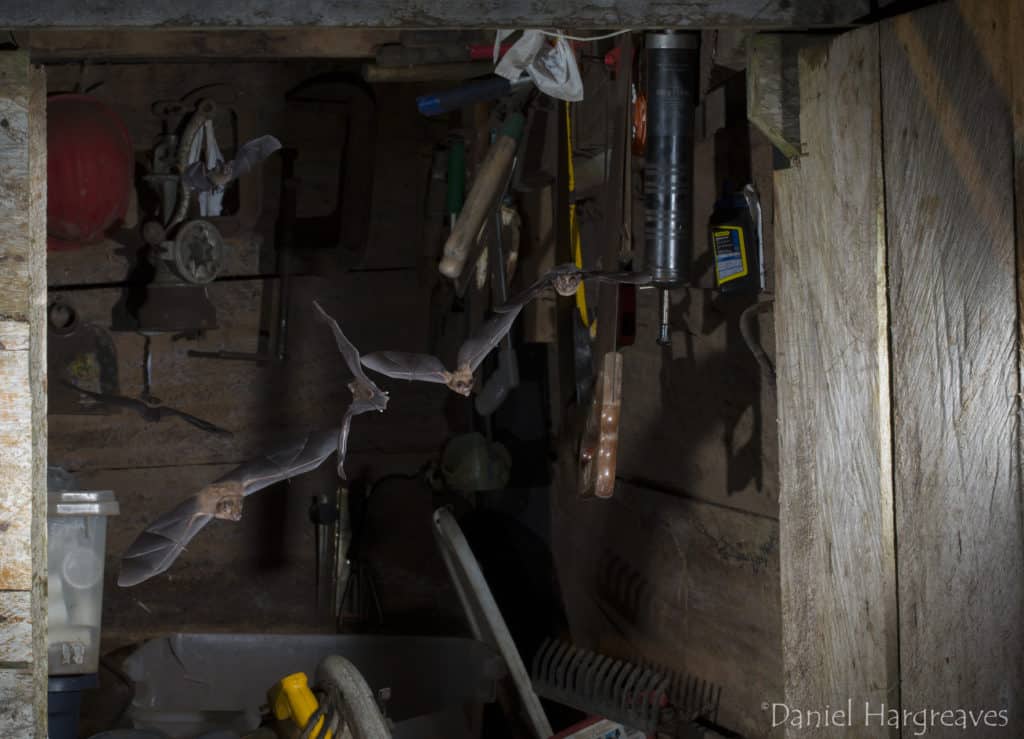
Check out some of the additional species portraits from our second week of field work.
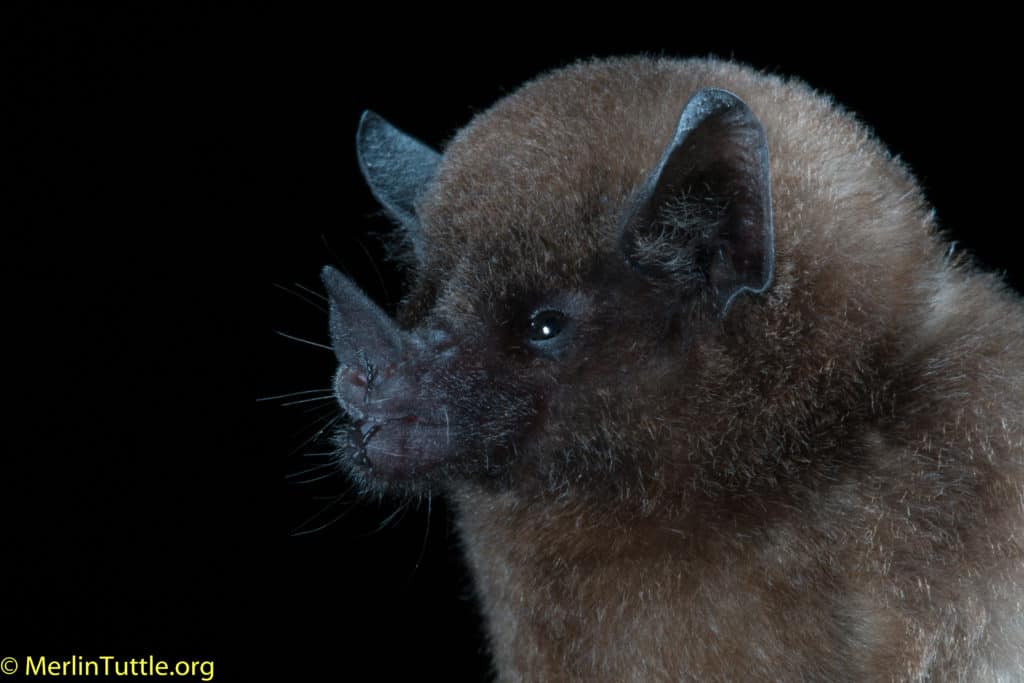
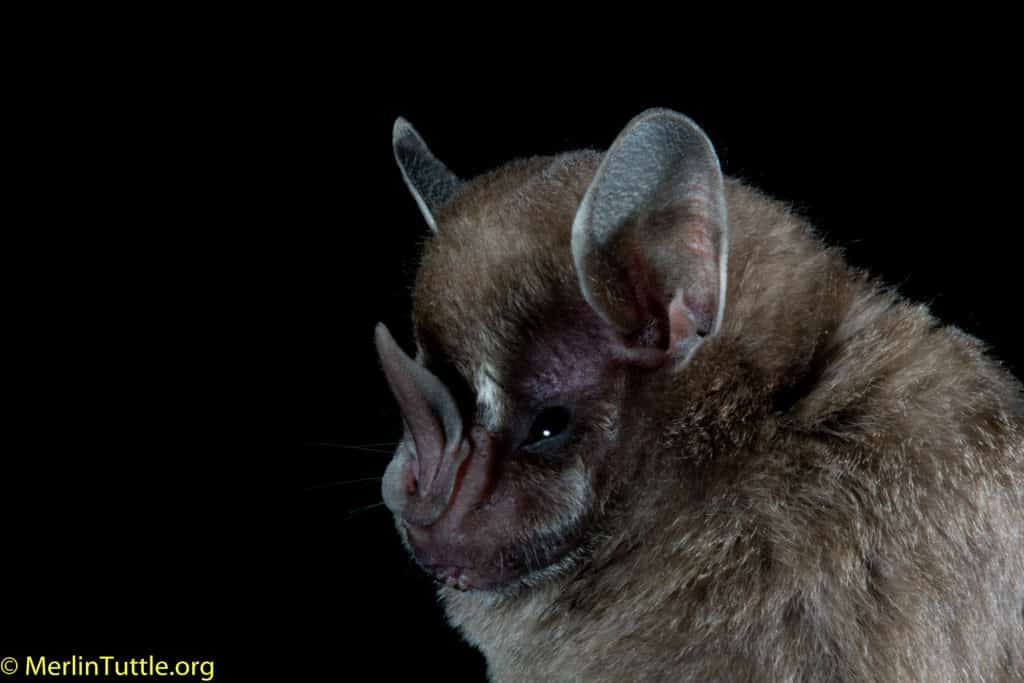
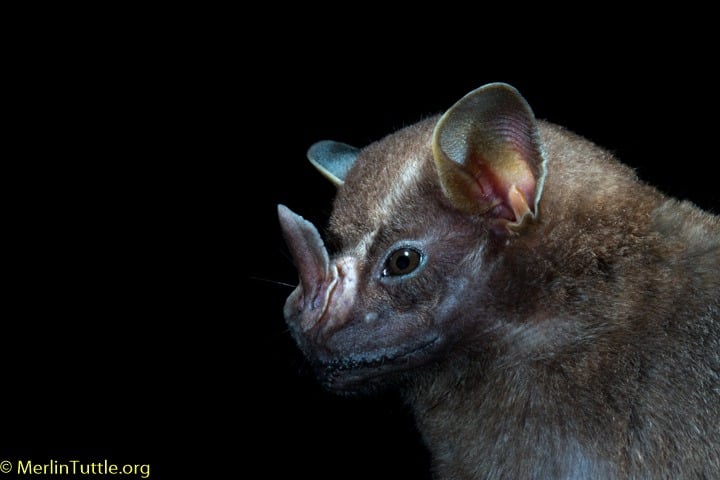
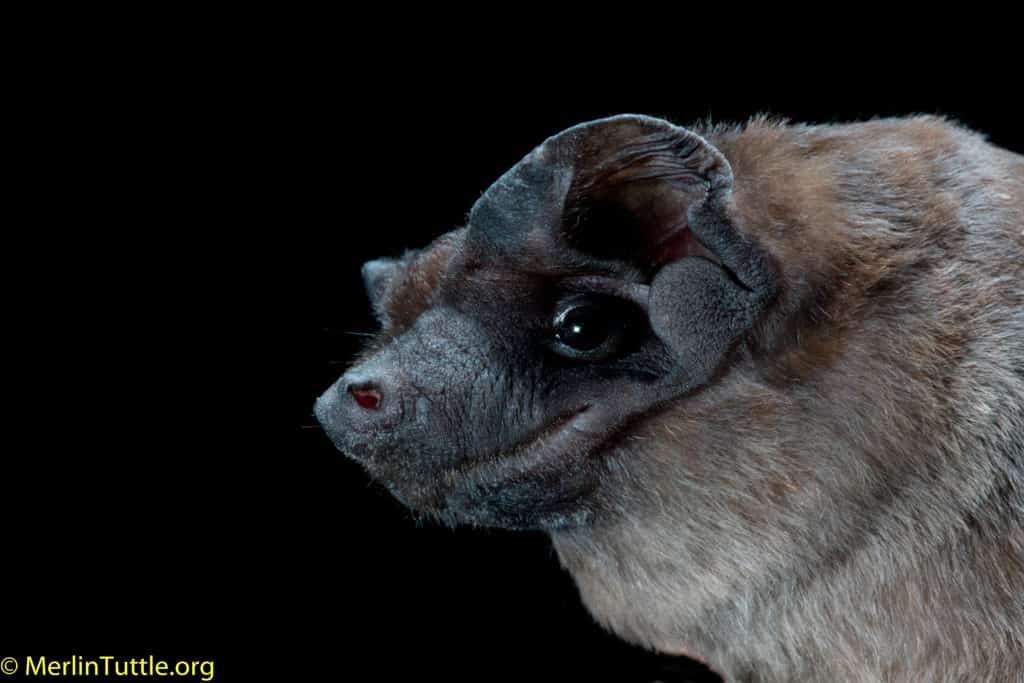
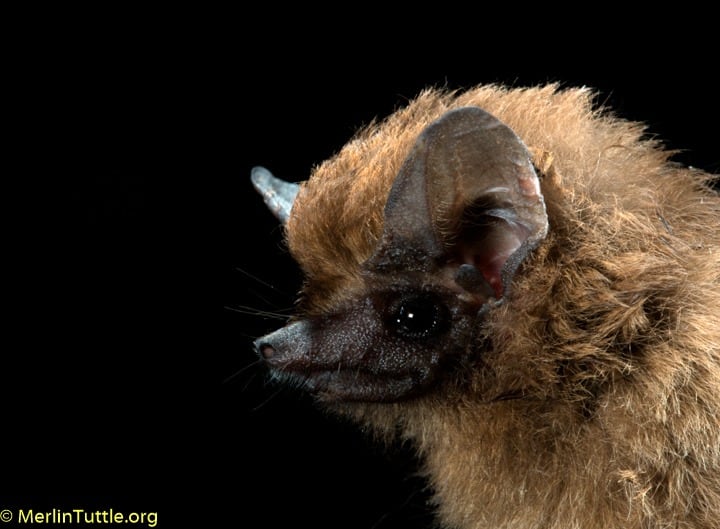
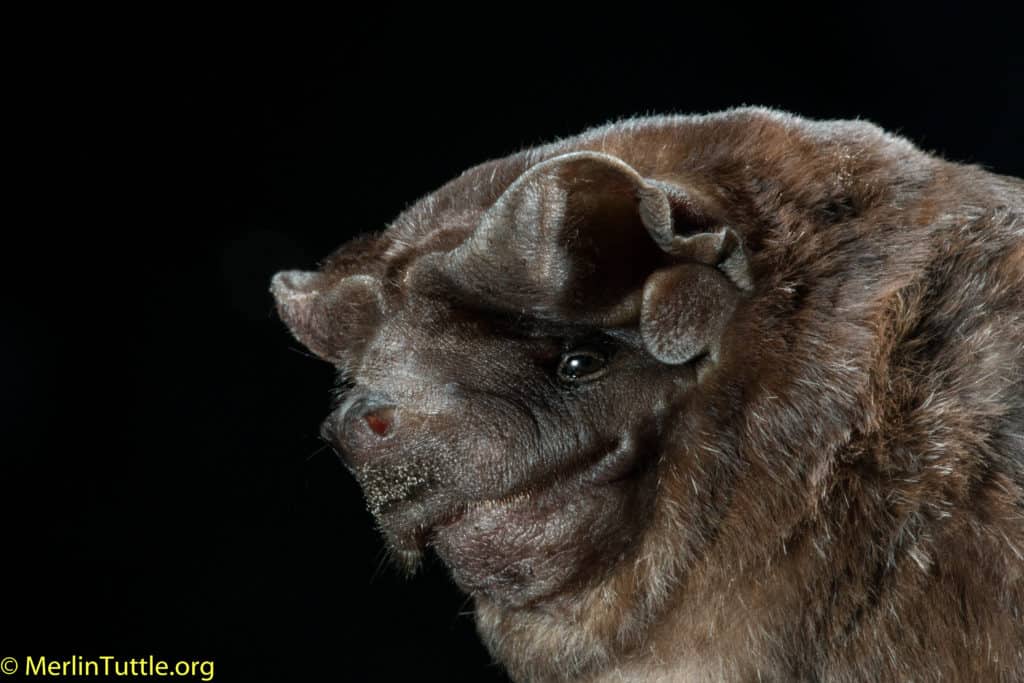
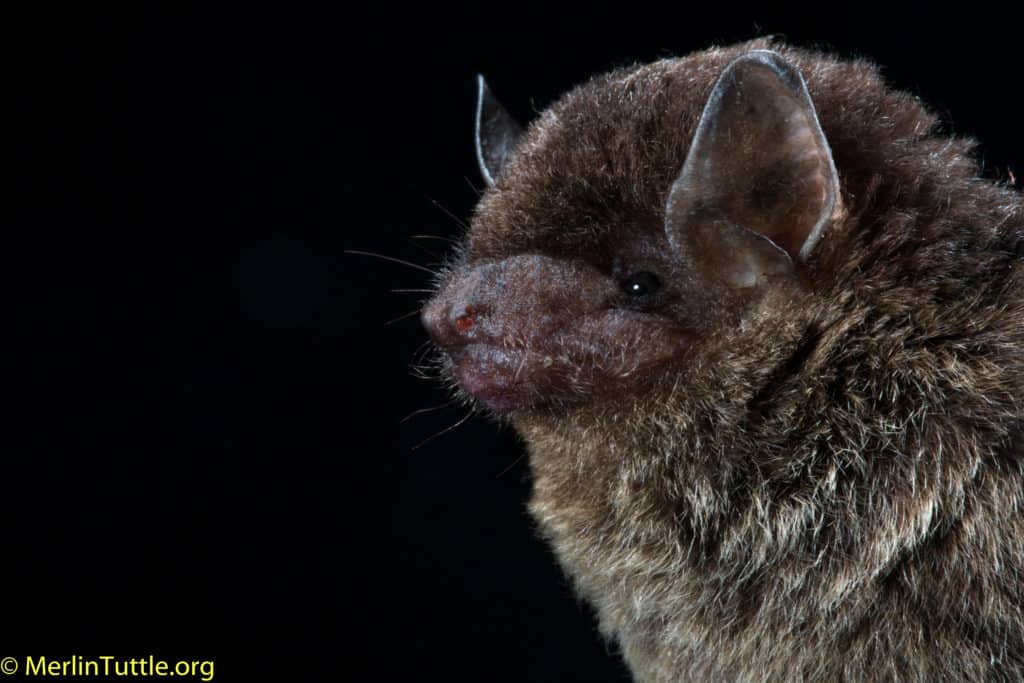
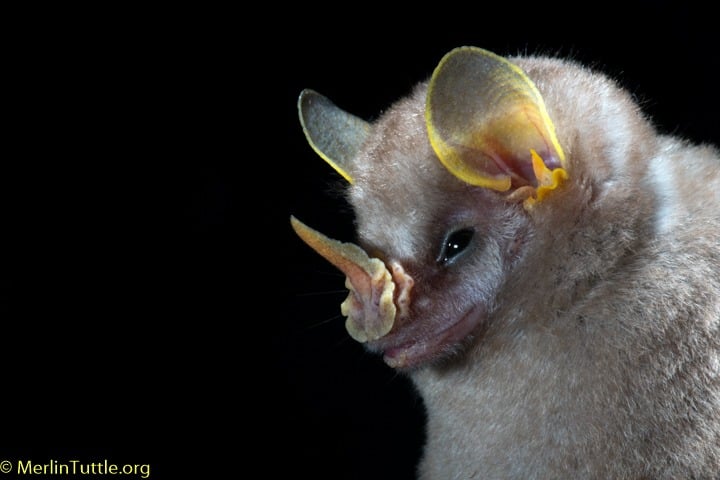
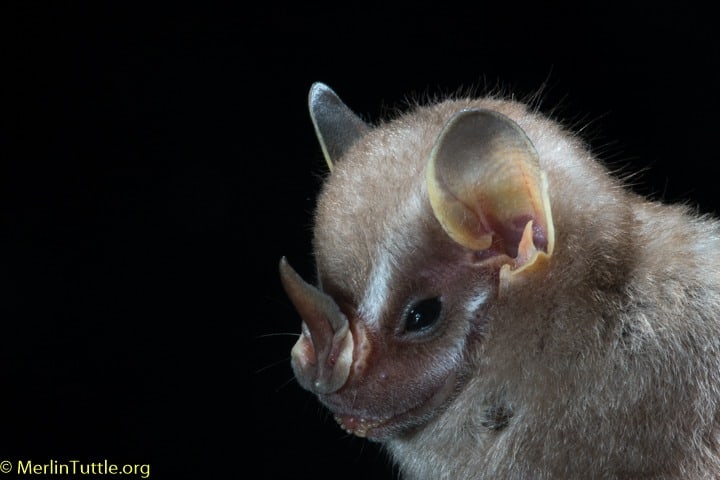
Final count: 53 species from over 600 bats processed in two weeks
Love our content? Support us by sharing it!
Merlin and MTBC team members spent 19 days in Costa Rica last November on a filming trip for “Bat City” with its Director and Emmy
Bats can use sounds in many complex ways. They can sing and even have different dialects… When imagining a bat, the first thoughts that come
Thanks to all the Join the Nightlife: Bats and Agriculture attendees who joined us out in the field this year! Guests got hands-on experience with
Supporter and friend of MTBC, Australian conservation and animal welfare photojournalist Doug Gimesy, had his images recognized in two categories at the recent Siena International
2024 © Merlin Tuttle’s Bat Conservation. All rights reserved.
Madelline Mathis has a degree in environmental studies from Rollins College and a passion for wildlife conservation. She is an outstanding nature photographer who has worked extensively with Merlin and other MTBC staff studying and photographing bats in Mozambique, Cuba, Costa Rica, and Texas. Following college graduation, she was employed as an environmental specialist for the Florida Department of Environmental Protection. She subsequently founded the Florida chapter of the International DarkSky Association and currently serves on the board of DarkSky Texas. She also serves on the board of Houston Wilderness and was appointed to the Austin Water Resource Community Planning Task Force.
Michael Lazari Karapetian has over twenty years of investment management experience. He has a degree in business management, is a certified NBA agent, and gained early experience as a money manager for the Bank of America where he established model portfolios for high-net-worth clients. In 2003 he founded Lazari Capital Management, Inc. and Lazari Asset Management, Inc. He is President and CIO of both and manages over a half a billion in assets. In his personal time he champions philanthropic causes. He serves on the board of Moravian College and has a strong affinity for wildlife, both funding and volunteering on behalf of endangered species.